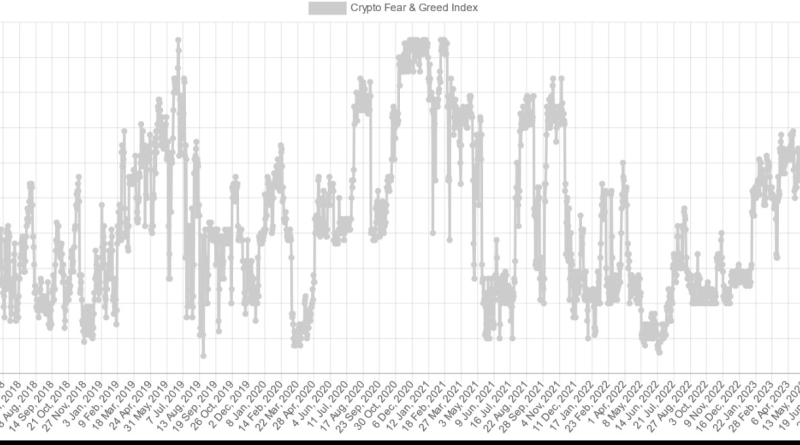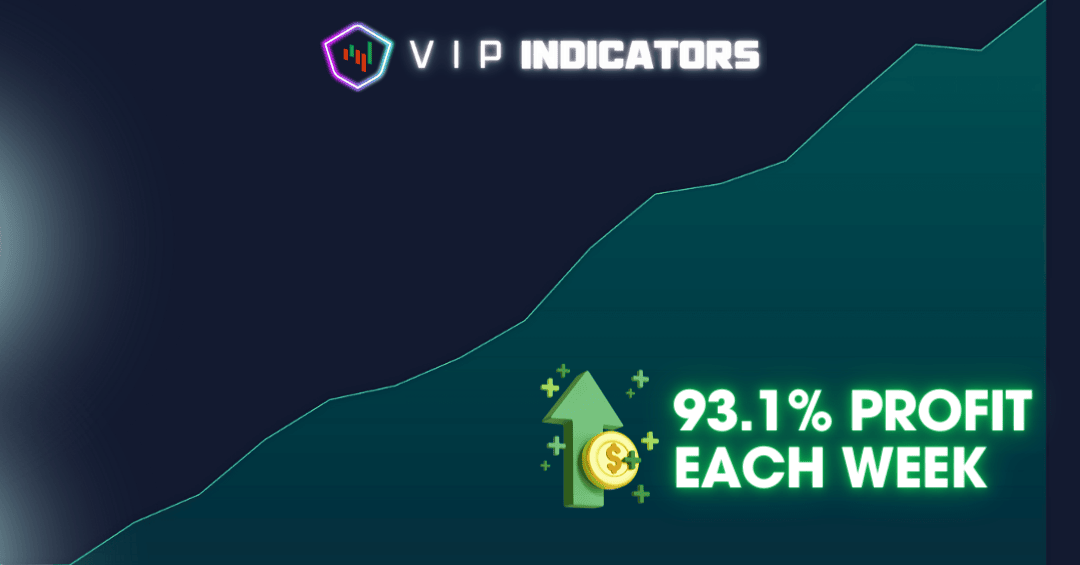10 Powerful Strategies for Blockchain Growth in 2025: The Ultimate Guide
- 1. Embrace Layer 2 Scaling Solutions
- 2. Prioritize Regulatory Compliance
- 3. Foster Developer Ecosystems
- 4. Leverage DeFi Innovations
- 5. Invest in Cross-Chain Interoperability
- 6. Enhance User Experience (UX)
- 7. Promote Sustainable Blockchain Practices
- 8. Establish Strategic Partnerships
- 9. Focus on Privacy and Security
- 10. Stay Ahead with Continuous Education
1. Embrace Layer 2 Scaling Solutions
Understanding Layer 2 Technologies
Layer 2 solutions are protocols built on top of the existing blockchain network that aim to enhance scalability and reduce transaction costs. In 2025, blockchain growth will increasingly depend on the effective implementation of these technologies. Examples like Rollups and State Channels help process many transactions off-chain while maintaining security and decentralization.
Companies and developers who adopt Layer 2 solutions are already experiencing faster transaction speeds and lower fees. This is crucial for mass adoption, especially in applications like gaming and microtransactions where speed and cost are critical.
For instance, consider the success of the Polygon network, which provides scalable infrastructure for Ethereum applications. By integrating Layer 2 solutions, projects have significantly increased their transaction throughput, fostering blockchain growth to support more complex, high-volume use cases.
Benefits for Blockchain Growth in 2025
Layer 2 scaling directly impacts blockchain growth by making networks more accessible and affordable for everyday users. Reduced congestion encourages wider participation, which is essential for building robust, sustainable ecosystems.
Moreover, Layer 2 solutions enhance network resilience and flexibility, empowering developers to innovate without being hindered by scalability bottlenecks. As blockchain adoption continues to rise, these solutions will be instrumental in supporting the next wave of decentralized applications (dApps).
To capitalize on this, I recommend exploring projects like Optimistic Rollups and ZK-Rollups, which are gaining popularity in 2025. These innovations are pivotal in expanding blockchain capabilities, ensuring continued growth and relevance.
2. Prioritize Regulatory Compliance
The Importance of Regulations in Blockchain Growth
In 2025, the blockchain space is witnessing increased regulatory scrutiny worldwide. Ensuring compliance isnât just about avoiding penalties; itâs a strategic move to foster trust and legitimacy. Governments are establishing frameworks that legitimize blockchain projects, encouraging mainstream adoption.
Organizations integrating compliance measures, such as KYC/AML protocols, position themselves for sustainable growth. Regulatory adherence makes projects more attractive to institutional investors, which is vital for expanding the blockchain ecosystem.
For example, countries like Singapore and Switzerland have set up clear regulations supporting blockchain innovation, resulting in a surge of legitimate projects and increased blockchain growth within their jurisdictions.
Strategies for Navigating Compliance Challenges
Start by understanding the legal frameworks in your target markets. Working with legal experts and adopting compliant technologies can streamline your path to growth. Additionally, staying updated with evolving regulations is essential for adapting your operations swiftly.
Implement transparent processes and clear documentation to demonstrate compliance. This not only builds trust but also reduces legal risks, facilitating smoother expansion and scaling efforts in 2025.
3. Foster Developer Ecosystems
Encouraging Developer Engagement
The growth of any blockchain project heavily depends on a thriving developer community. In 2025, fostering a vibrant ecosystem involves providing accessible tools, comprehensive documentation, and active support channels. A lively developer community accelerates innovation and broadens the use cases for blockchain technology.
Platforms like Solana and Avalanche are investing heavily in developer grants and hackathons, which drive community engagement. Encouraging developers through incentives and recognition produces a continuous flow of innovative applications, fueling blockchain growth.
To build a sustainable ecosystem, I recommend creating developer-focused events and offering educational resources that make blockchain development easier and more appealing.
Practical Tips for Ecosystem Development
Establish clear onboarding processes, mentorship programs, and collaborative projects to lower entry barriers. Foster partnerships with academic institutions and industry leaders to integrate blockchain technology into educational curricula and business practices.
Supporting open-source projects and providing funding opportunities also attract talented developers, ensuring ongoing innovation and scalability of your blockchain initiatives.
4. Leverage DeFi Innovations
The Role of DeFi in Blockchain Growth
Decentralized Finance (DeFi) continues to revolutionize traditional financial systems, and in 2025, its innovations will be central to blockchain growth. DeFi applications provide users with new ways to lend, borrow, earn interest, and trade assets transparently and permissionlessly.
Platforms like Aave and Compound have already demonstrated how DeFi can generate significant user engagement and liquidity. Expanding DeFi protocols can unlock new economic possibilities, attracting more people into the blockchain space.
Strategic integration of DeFi products enhances user engagement, increases transaction volume, and broadens blockchain utilityâkey drivers of overall growth in 2025.
Best Practices for DeFi Adoption
Ensure security and transparency to build user trust in DeFi projects. Conduct regular audits and implement robust security protocols to prevent hacks and exploits.
Moreover, simplifying user interfaces and reducing entry barriers encourage adoption among non-technical users, promoting blockchain growth at a broader level.
5. Invest in Cross-Chain Interoperability
Understanding Cross-Chain Technology
To achieve blockchain growth in 2025, interoperability between different blockchains is essential. Cross-chain solutions enable assets and data to move seamlessly across different networks, fostering a more connected ecosystem.
Projects like Cosmos and Polkadot are pioneering this space, allowing diverse blockchains to work together and share liquidity or data, which enhances functionality and user experience.
This interconnectedness reduces silos, encourages collaboration, and creates a richer, more scalable environment for blockchain applications.
Benefits for Blockchain Ecosystems
Investing in interoperability expands the reach of blockchain projects, making them accessible to wider audiences. It also mitigates risks associated with platform dependence, promoting resilience and diversification.
In 2025, cross-chain technology will be a critical component of blockchain growth, enabling innovative services that leverage multiple ecosystems simultaneously.
6. Enhance User Experience (UX)
Designing Intuitive Interfaces
For blockchain growth to accelerate, applications need to be user-friendly. In 2025, prioritizing simple, intuitive interfaces will attract non-technical users and mainstream audiences.
Looking at successful projects like Coinbase Wallet or MetaMask, they offer straightforward onboarding, clear instructions, and minimal friction, which boosts user retention and network activity.
Investing in good UI/UX design can turn complex blockchain functionalities into accessible experiences, unlocking a broader market.
Education and Support
Providing educational resources, tutorials, and customer support simplifies onboarding and helps users feel confident navigating blockchain applications.
Events like webinars, Q&A sessions, and how-to guides empower users and encourage ongoing engagement, which ultimately contributes to blockchain growth.
7. Promote Sustainable Blockchain Practices
Reducing Environmental Impact
Sustainability in blockchain is becoming increasingly critical for growth. In 2025, promoting energy-efficient consensus mechanisms like proof-of-stake (PoS) is vital to reduce environmental concerns associated with mining.
Ethereumâs transition to PoS is a prime example, significantly lowering its energy consumption and improving its public perception.
Sustainable practices not only address ecological concerns but also attract environmentally conscious investors, bolstering blockchain adoption.
Implementing Eco-Friendly Initiatives
Innovate by supporting projects that utilize renewable energy sources for blockchain operations. Encourage developers to prioritize green practices in their projects.
Transparency in environmental impact reports and certifications can demonstrate a project’s commitment to sustainability, paving the way for broader support and growth.
8. Establish Strategic Partnerships
Collaborating with Industry Leaders
Partnering with established companies and organizations can accelerate blockchain growth by expanding reach and credibility. Collaborations with tech giants or financial institutions open new markets and user bases.
For example, in 2025, partnerships between blockchain firms and traditional enterprises are commonplace, enabling hybrid solutions that combine legacy systems with blockchain.
This ecosystem development fosters trust and accelerates mainstream adoption as more sectors recognize blockchainâs benefits.
Creating Win-Win Alliances
Focus on building mutually beneficial relationshipsâwhether through joint ventures, alliances, or innovation labs. Such collaborations promote knowledge sharing and resource pooling.
Consistent strategic partnerships pave the way for sustainable blockchain growth by enabling larger-scale projects and diverse use cases.
9. Focus on Privacy and Security
Enhancing Security Measures
Security will remain a top priority for blockchain growth in 2025. Protecting user data, assets, and ensuring protocol integrity builds trust and reliability within the ecosystem.
Advanced security protocols, regular audits, and bug bounty programs help identify vulnerabilities early and prevent exploits.
Projects like zkSNARKs and other zero-knowledge proofs are shaping the future of privacy-preserving blockchain applications, fostering secure growth.
Balancing Privacy and Transparency
Consumers want privacy without sacrificing transparency. Technologies that offer private transactions while maintaining a transparent ledger are gaining popularity.
Innovations in privacy-first protocols will be critical to achieving widespread blockchain adoption without compromising security or compliance.
10. Stay Ahead with Continuous Education
Learning and Adapting to Trends
The blockchain landscape evolves rapidly. In 2025, continuous education is crucial for staying ahead and leveraging new opportunities. Attending conferences, participating in workshops, and reading industry updates help professionals remain informed.
Platforms like Coursera and Binance Academy offer updated courses that can help individuals and organizations comprehend emerging concepts like Web3, CBDCs, and advanced DeFi techniques.
Proactively adapting to new trends ensures sustained blockchain growth for individuals and enterprises alike.
Building a Knowledge-Sharing Culture
Encourage team members and community members to share insights and experiences. Knowledge-sharing accelerates innovation and problem-solving.
Creating forums, online communities, and collaborative projects helps maintain momentum and ensures your organization remains at the forefront of blockchain development.
Conclusion
In summary, the future of blockchain growth in 2025 hinges on adopting innovative strategies across multiple fronts. Embracing Layer 2 solutions, prioritizing compliance, fostering developer ecosystems, leveraging DeFi, and ensuring privacy are among the key drivers shaping the ecosystem.
By implementing these ten powerful strategies, individuals and organizations can accelerate their blockchain initiatives, contribute to widespread adoption, and stay competitive in this dynamic landscape. Remember, the key to unlocking blockchain growth lies in continuous innovation and collaboration. Let’s aim for a thriving blockchain future in 2025!
Frequently Asked Questions
1. What is the most effective strategy for blockchain growth in 2025?
While many strategies are important, embracing Layer 2 scaling solutions and fostering a developer ecosystem are currently among the most effective ways to accelerate blockchain growth in 2025.
2. How can blockchain projects stay compliant with regulations?
Regularly update yourself on legal frameworks, incorporate KYC/AML procedures, work with legal experts, and adopt compliant protocols to ensure regulatory adherence and sustainable growth.
3. Why is cross-chain interoperability important for blockchain growth?
Cross-chain interoperability allows different blockchains to communicate and share data, creating a more connected ecosystem that supports a wider array of use cases and enhances scalability.
4. How does future technology influence blockchain growth in 2025?
Advances like zero-knowledge proofs, sustainable consensus mechanisms, and improved user interfaces will drive blockchain adoption, making it more accessible, secure, and scalable in 2025.
5. How critical is user experience (UX) for blockchain growth?
UX is vital for onboarding new users and retaining existing ones. Clear, intuitive interfaces and educational support foster wider adoption and deepen engagement.
Related Content
- How To Make Your Bitcoin Lightning Network Node Mobile
- Keep it simple: Cryptonauts shares tips on growing a crypto YouTube channel
- Will Bitcoin ‘Uptober’ bring gains for MKR, AAVE, RUNE and INJ?
- Bitcoin cracks $28K on CPI amid warning US inflation ‘highly elevated’
- Is MetaMask withholding customers’ crypto for taxes? No, it’s not.


